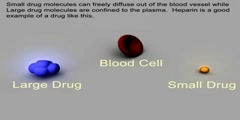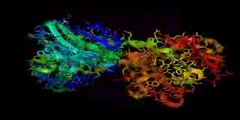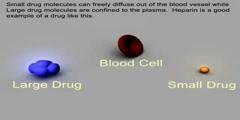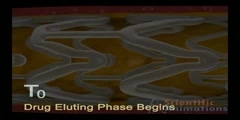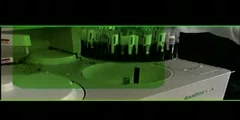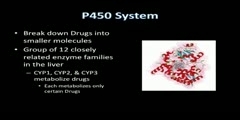Lec 30 - Esomeprazole as an Example of Drug Testing and Usage
"Lec 30 - Esomeprazole as an Example of Drug Testing and Usage" Freshman Organic Chemistry (CHEM 125) The chemical mode of action of omeprazole is expected to be insensitive to its stereochemistry, making clinical trials of the proposed virtues of a chiral switch crucial. Design of the clinical trials is discussed in the context of marketing. Otolaryngologist Dr. Dianne Duffey provides a clinician's perspective on the testing and marketing of pharmaceuticals, on the FDA approval process, on clinical trial system, on off-label uses, and on individual and institutional responsibility for evaluating pharmaceuticals. 00:00 - Chapter 1. Introduction: The Chemical Properties and Reactivity of Prilosec 06:58 - Chapter 2. The Economics of Clinical Trials 19:57 - Chapter 3. Duffey: How Do I Know that the Drug is Effective? 30:26 - Chapter 4. The Phases of Clinical Trials, Results for Esomeprazole and Omeprazole, and Off-Label Use 42:01 - Chapter 5. Pharmaceutical Marketing Mentality and Q&A Complete course materials are available at the Open Yale Courses website: http://open.yale.edu/courses This course was recorded in Fall 2008.
Video is embedded from external source so embedding is not available.
Video is embedded from external source so download is not available.
Channels: Chemistry (General)
Tags: esomeprazole omeprazole racemate chiral switch clinical trial Prilosec
Uploaded by: yalefreshorganic ( Send Message ) on 05-09-2012.
Duration: 50m 43s
Here is the next lecture for this course
Clinical trial of rapamycin
01:02 | 4354 viewsPharmacology Drug binding
01:15 | 19631 viewsLec 23 - Pre-Clinical Endodontics - singl ...
46:49 | 3757 viewsLec Last - Pre-Clinical Endodontics - mul ...
33:06 | 3110 viewsWhat Affects Drug Distribution
01:56 | 15697 viewsHow to operate 1ch rf toggle remote contr ...
01:57 | 7784 viewsHow to Control Motor Speed of Electric Fa ...
02:33 | 21763 viewsThe breast cancer drug
00:24 | 8705 viewsDrug Distribution Affected By
01:56 | 17477 viewsRadon Mitigation PA (610) 489-4501 Colleg ...
01:02 | 14274 viewsMedical Animation Drug Eluting Stent
00:51 | 16116 viewsRX Daytona Clinical Chemistry Analyser
01:31 | 9402 viewsDrug Metabolism
02:58 | 21570 viewsHow to reverse ac motor using 2 gang touc ...
03:01 | 18640 viewsRecognizing Alcohol and Drug Addiction Ty ...
00:48 | 6291 viewsNo content is added to this lecture.
This video is a part of a lecture series from of Yale





